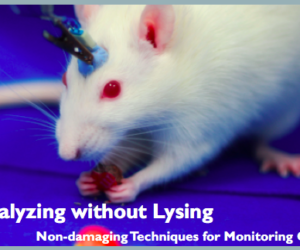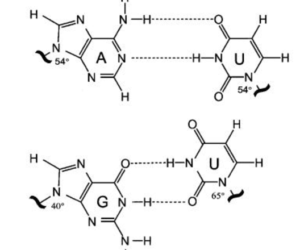Category: Review Article
-

Mapping RNA to DNA with MARGI Over the past decade, it has become much easier, quicker, and cheaper to sequence the human genome. Organizations, like 23&me, have even made it possible for anyone to understand about their genome and any downstream effects their genes have on their health. However, there is still a lot about…
-
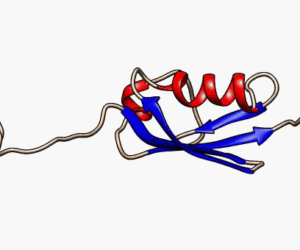
In a previous post, we discussed how proteins fold into unique shapes that allow them to perform their biological functions. Through many physical and chemical properties, like hydrogen bonding and hydrophobicity, proteins are able to fold correctly. However, proteins can fold improperly, and sometimes these malformed peptides aggregate, leading to diseases like Alzheimer’s. How can…
-
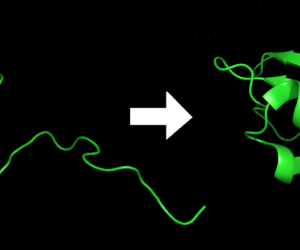
Protein Folding Part 1 Originally posted by Michigan Science Writers Editors: David Mertz, Zulierys Santana-Rodriguez, and Scott Barolo Proteins do most of the work in your body: Depending on their shape, they can digest your food, fire your neurons, give color to your eyes and allow you to see colors. Proteins follow instructions encoded in…
-

Context in Privatizing Science The amount of funding going to science research with respect to the federal budget has been reduced greatly over the past few years. This may or not have lead to the increase in private organizations funding, but either way more projects and research institutions have been entirely sponsored by philanthropists and…
-

Understanding the Gravity of a New Theory Both the motions of planets orbiting around the sun and a pencil rolling off the table onto the floor are described by the gravity. However, despite this phenomena being so easily recognized, why and how it happens is still very much up to debate. Theories of gravity have…
-
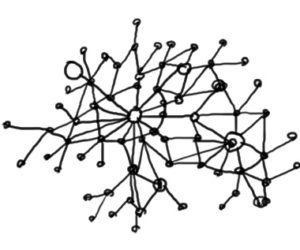
Recently, a lab mate of mine presented a paper at our weekly research meeting. She ended her analysis saying that she was skeptical of the methods and the rigor of the results because it came from the open access journal PLOSOne. This got me thinking and realizing that even though scientists are constantly demanding data…
-

The peer review process in science publication has been imperative in making sure that articles and journals written are based off data that was obtained ethically. With the push to make publications more transparent and cheaper, the importance and existence of peer reviewing have been called into question. How Peer Review Works Right Now It…

